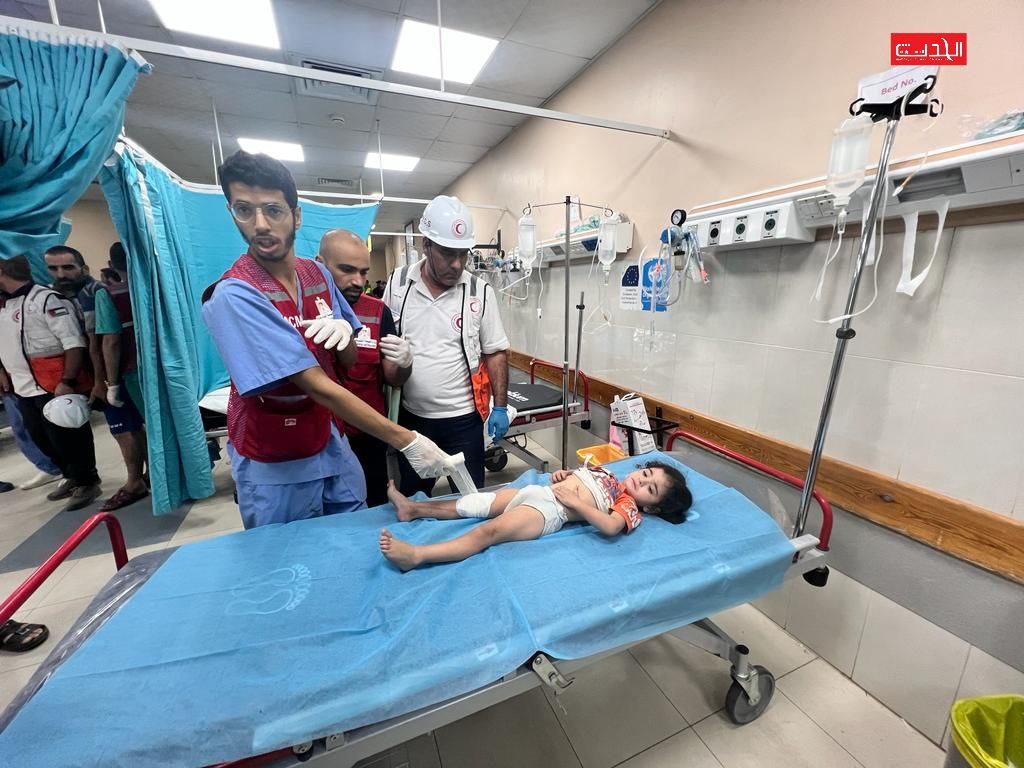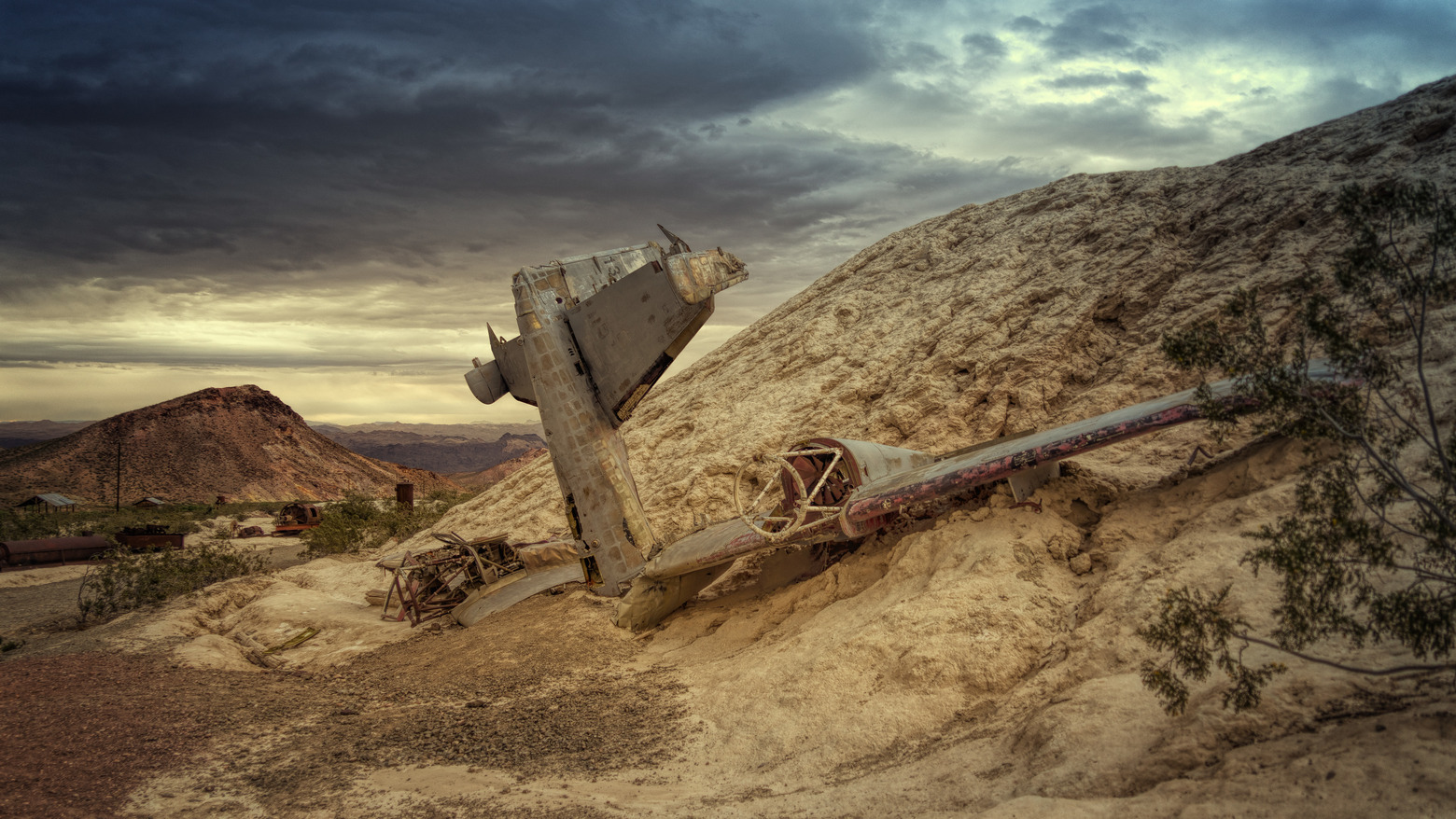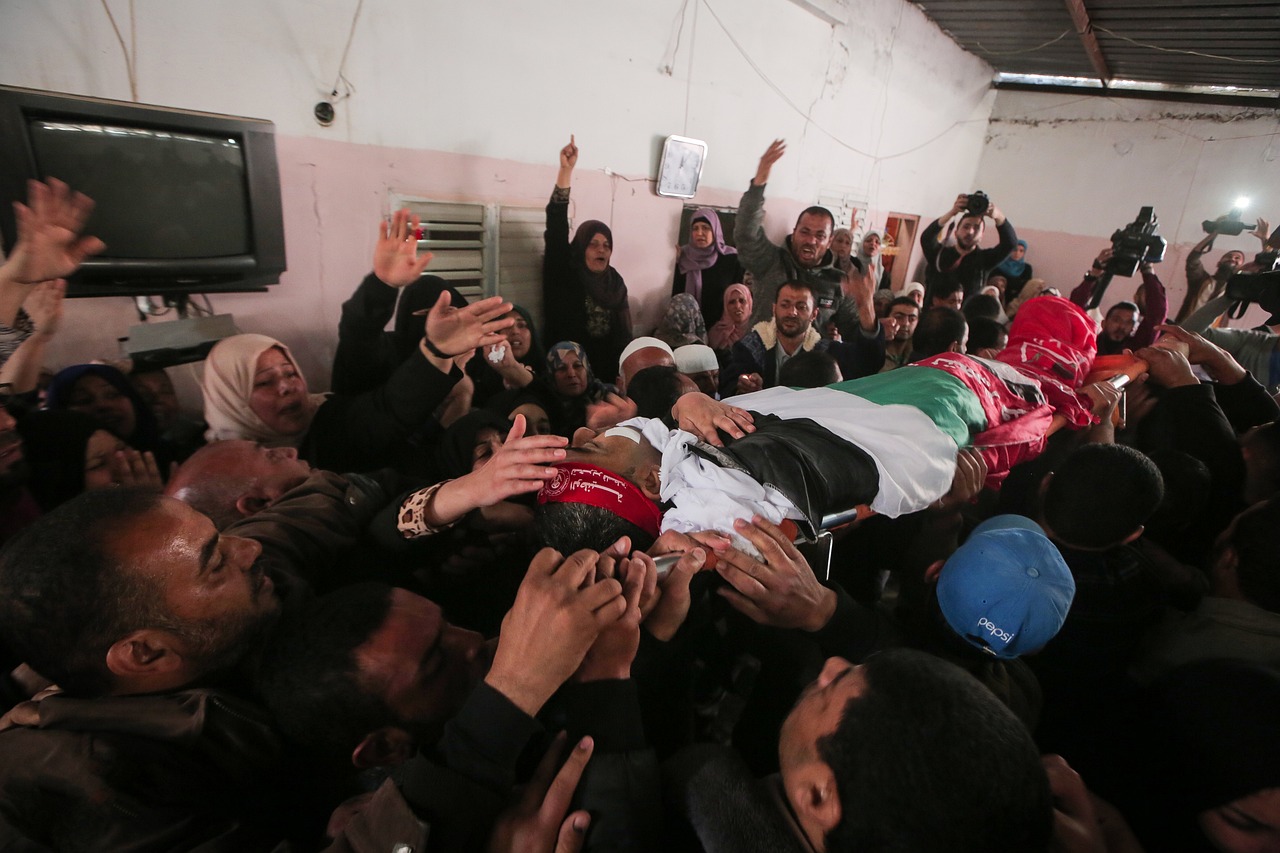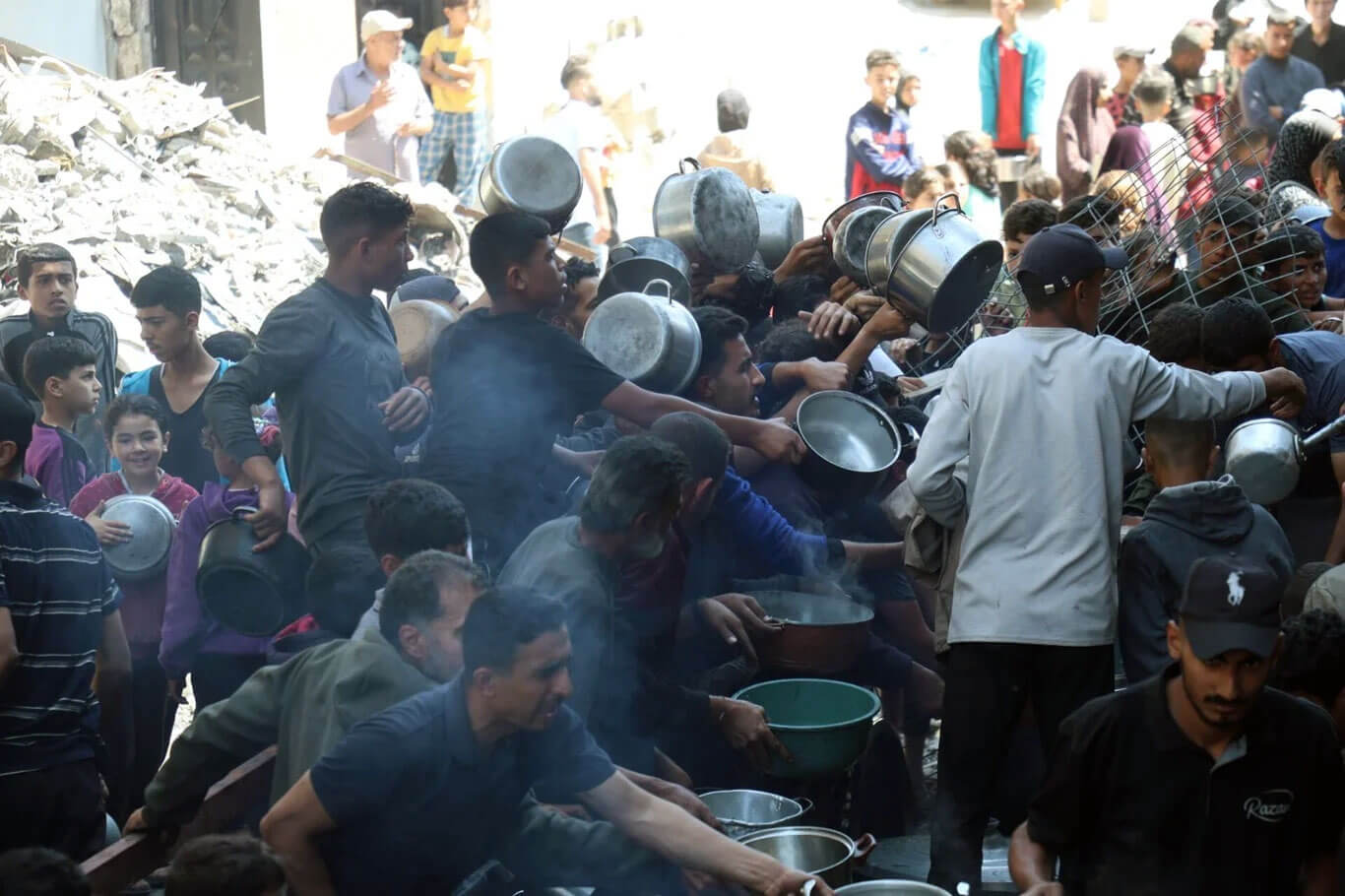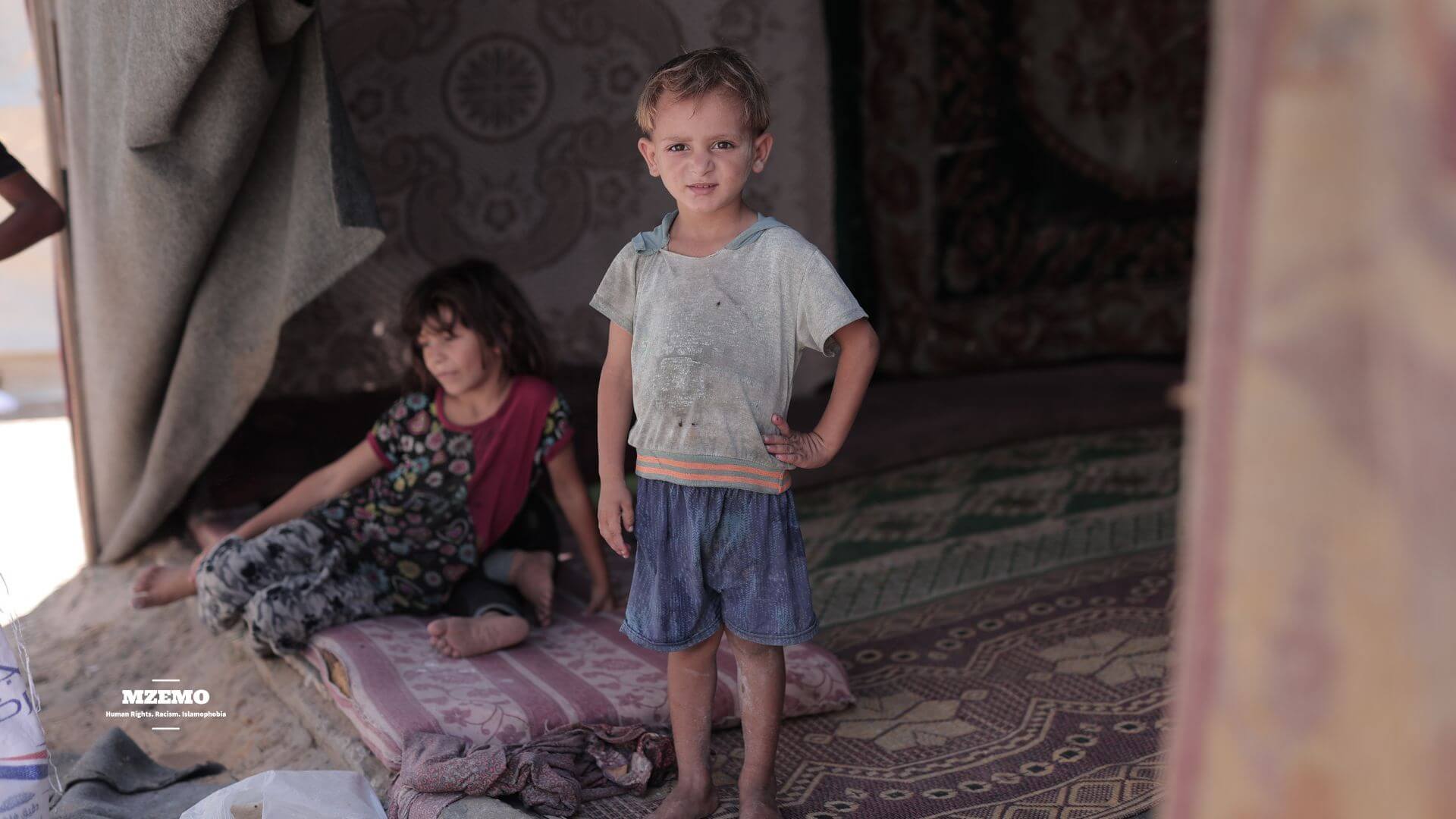It has been nearly 400 days, yet Gaza’s suffering, pain, and misery show no signs of ending. In fact, it’s only getting worse with each passing day.
Every day, the Israeli army pushes the limits of genocide, systematically wiping out Gaza bit by bit. The horror has reached an unimaginable level, as they now torment people by burning them alive.
Imagine this: you’re sleeping in a shelter, having already lost your home, your possessions, and everything you once held dear. You’re huddled with your family in a cramped, makeshift space, hoping for just a moment of peace.
But suddenly, the shelter is bombed, and a fire breaks out. Right before your eyes, your children and spouse are engulfed in flames, and you’re powerless to save them. What would you feel in that moment?
Perhaps you’d think that it would be better to perish in that fire than to live through such unbearable agony. This is the daily reality for many in Gaza. This is their pain, their suffering, their nightmare.
The Cries of Victims
If you read this, it might leave you shaken. Just imagining what the victims go through is overwhelming—so, how do we even begin to grasp the pain of those who actually endure it?
On the night of Monday, 14th October, the Al-Dalou family sought refuge in a tent. It was 1:15 a.m., and the family, exhausted, lay down to sleep in the Al-Aqsa compound, hoping for a moment of peace. But in the dead of night, the Israeli army launched an airstrike on two innocent civilians sheltering there.
The strike was so devastating that the tents caught fire. Four people burned to death on the spot, and dozens were severely injured. Tragically, among the dead were two members of the Al-Dalou family: 12-year-old Abdulrahman and 37-year-old Alaa, a loving son and a devoted wife.
Ahmed al-Dalou, the head of the family, shared through tears,
“Three times I tried to pull him [Abdulrahman] out of the fire, but his body kept slipping back in.”
When Ahmed finally managed to save his other son from the blaze, he was rushed to the hospital, where he fought for his life for four agonizing days. As they carried him away, the boy tried to comfort his father, saying, “Don’t worry, Dad. I’m strong. I’ll be okay.”
But the memories of that night haunt Ahmed. “That night plays in my mind every single day,” he says. “Each time I relive it, my heart shatters over and over again.”
When asked how he feels now, Ahmed’s surviving son repeatedly says,
“My brother is gone. The light of my world is gone.”
Ahmed painfully recalls, “I saw people recording videos. You saw it in the video, didn’t you? My brother was reaching out, pleading for help, but no one could save him. I couldn’t save him. I’m filled with despair. How do I go on living?”
And this is just one incident. One story among countless others in Gaza. Each day brings new horrors. Rescue teams tremble when they see small hands or feet sticking out from the rubble, lifeless, as they dig through the ruins.
This is the grim reality of Gaza. A place where life is extinguished day after day, and the world watches in silence.
The Aftermath of Such Incidences
In these horrific incidents, people lose their lives, suffer severe injuries, and endure unimaginable pain. But what happens on the ground afterward—the chaos, the devastation—cannot be described in mere words.
In fires like these, where victims’ bodies are burned 80-90%, survival becomes nearly impossible. Gaza simply doesn’t have the resources to treat such critical injuries. The desperate need for blood adds to the crisis, leading to frantic, heartbreaking scenes of people running around, begging for donations.
Adding to the suffering, the U.S. has cut off 90% of the humanitarian aid it promised to Gaza. To make things worse, the Israeli army has blocked all aid routes into Gaza, plunging the region deeper into chaos.
With scarce resources, constant destruction, and the looming fear of death, the people of Gaza are on the verge of losing hope. Right now, their only plea is for a ceasefire.
The global powers must unite—not to arm Israel with more weapons—but to demand an end to this massacre. Ceasefire is not just a request; it is the last hope for the survival of a people. If the world continues to stand by in silence, it will soon bear witness to the complete annihilation of Gaza.
Killing innocent men, women, and children is not war. If you truly want to fight, fight with words, with reason, and with justice. Slaughtering defenceless civilians is not an act of bravery—it is the ultimate symbol of cowardice. It is time for the world to wake up before it’s too late.
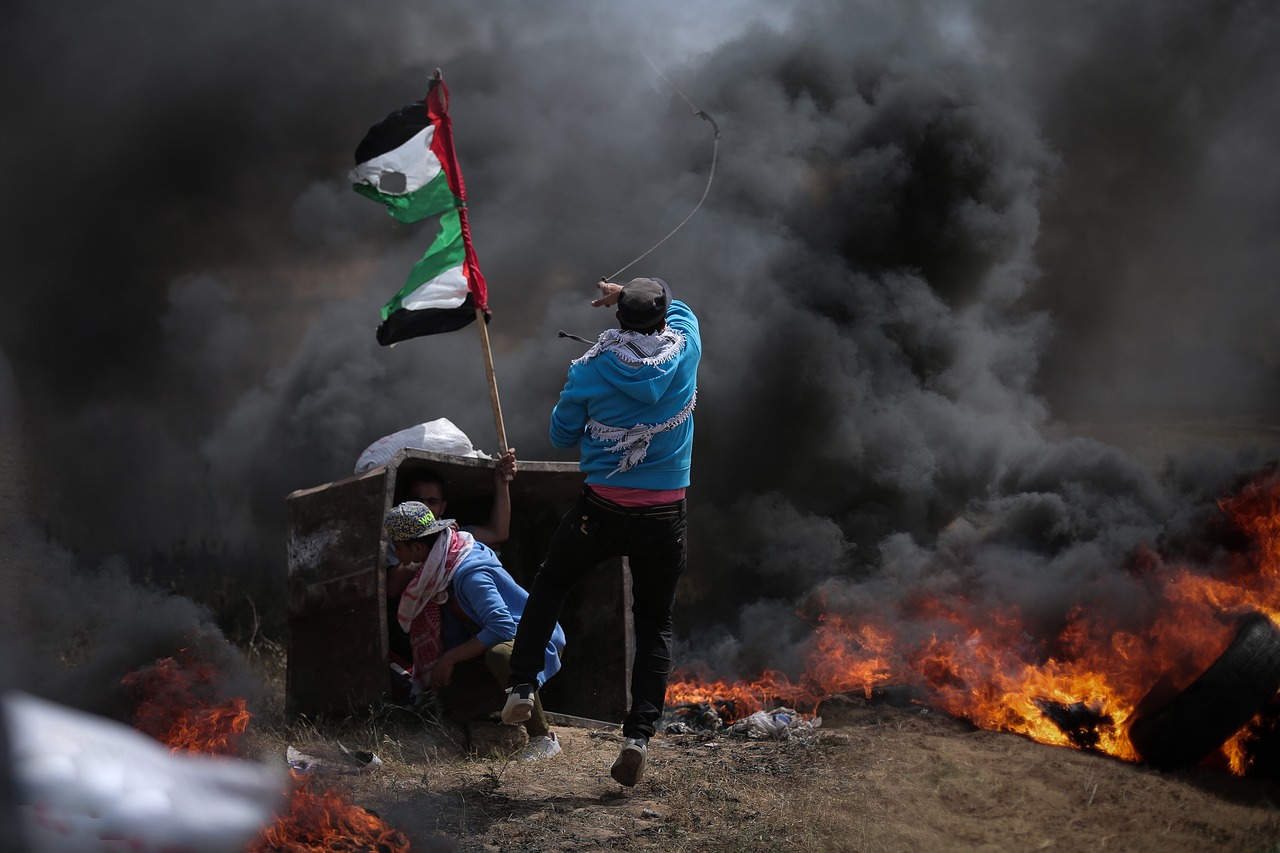

 Featured2 years ago
Featured2 years ago
 Featured3 years ago
Featured3 years ago
 Featured2 years ago
Featured2 years ago
 Featured4 years ago
Featured4 years ago
 Featured3 years ago
Featured3 years ago
 Featured5 years ago
Featured5 years ago
 Featured2 years ago
Featured2 years ago
 Featured3 years ago
Featured3 years ago

